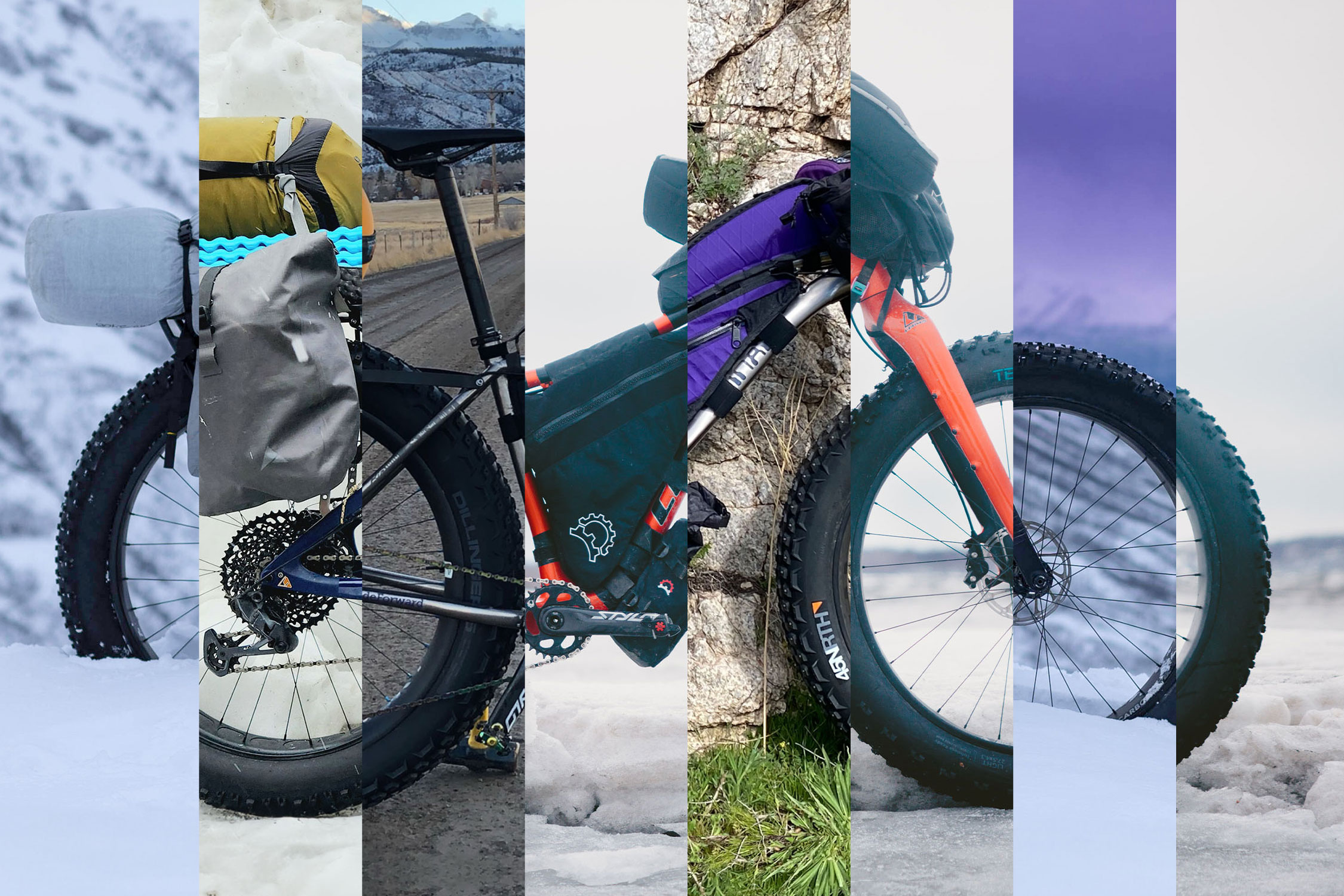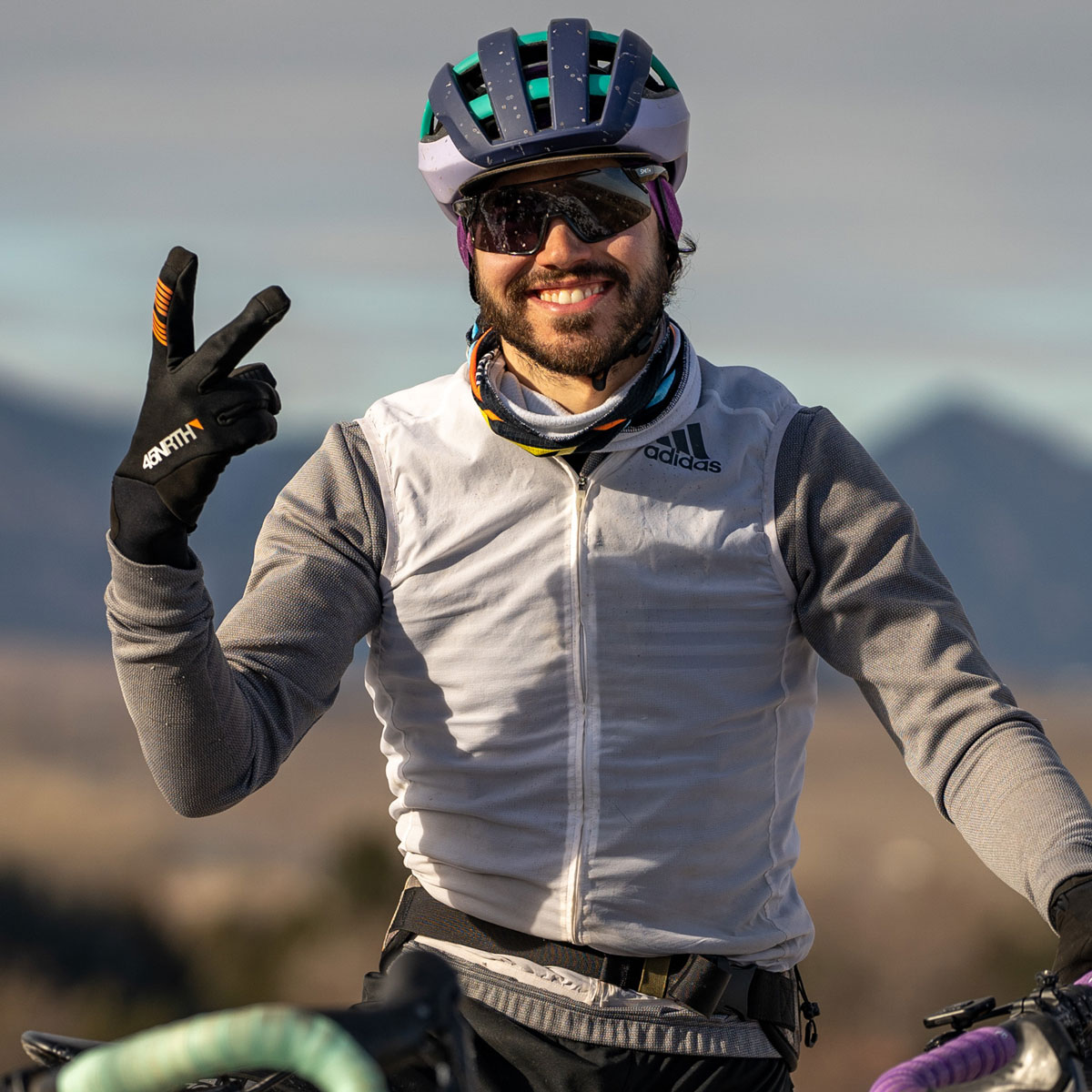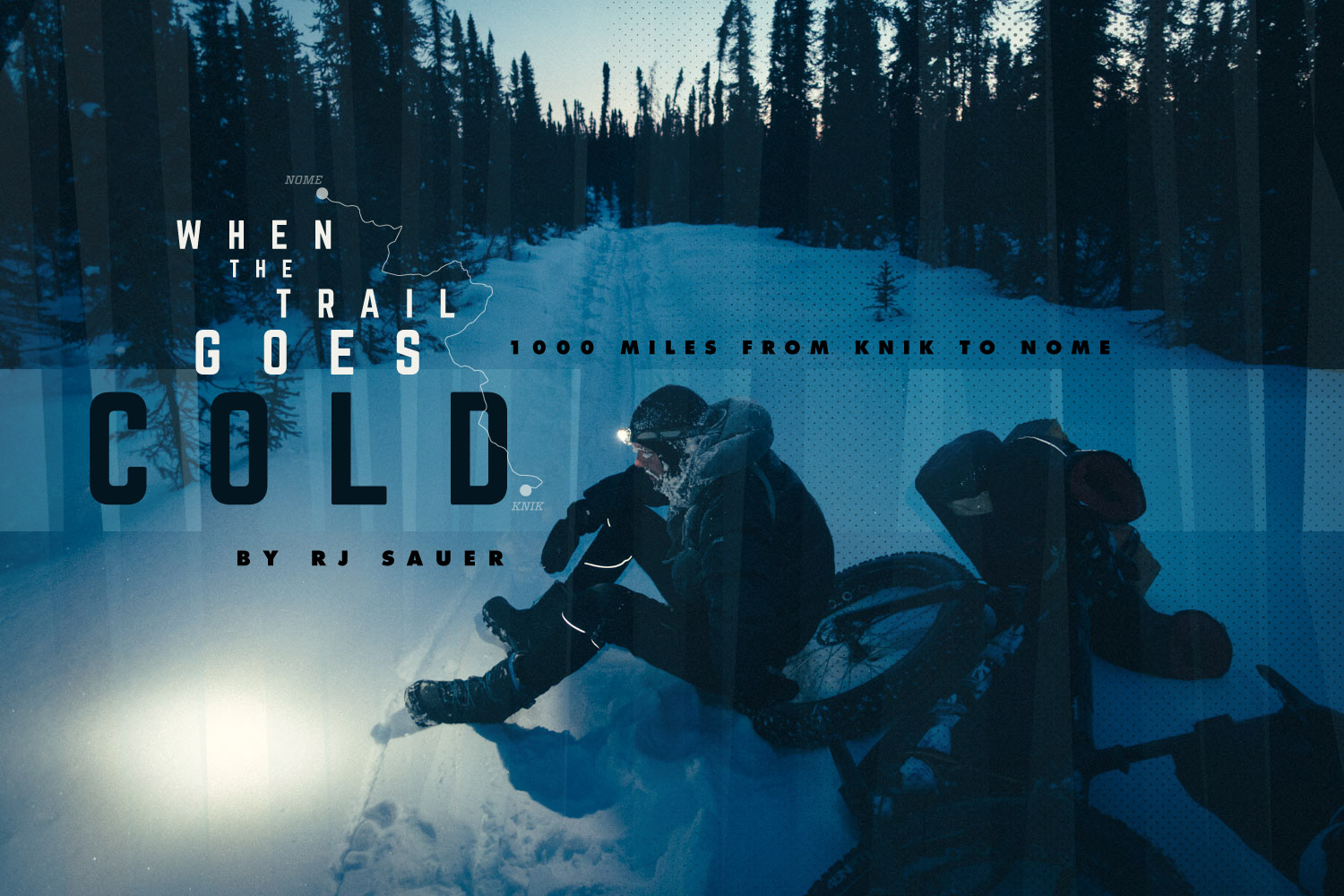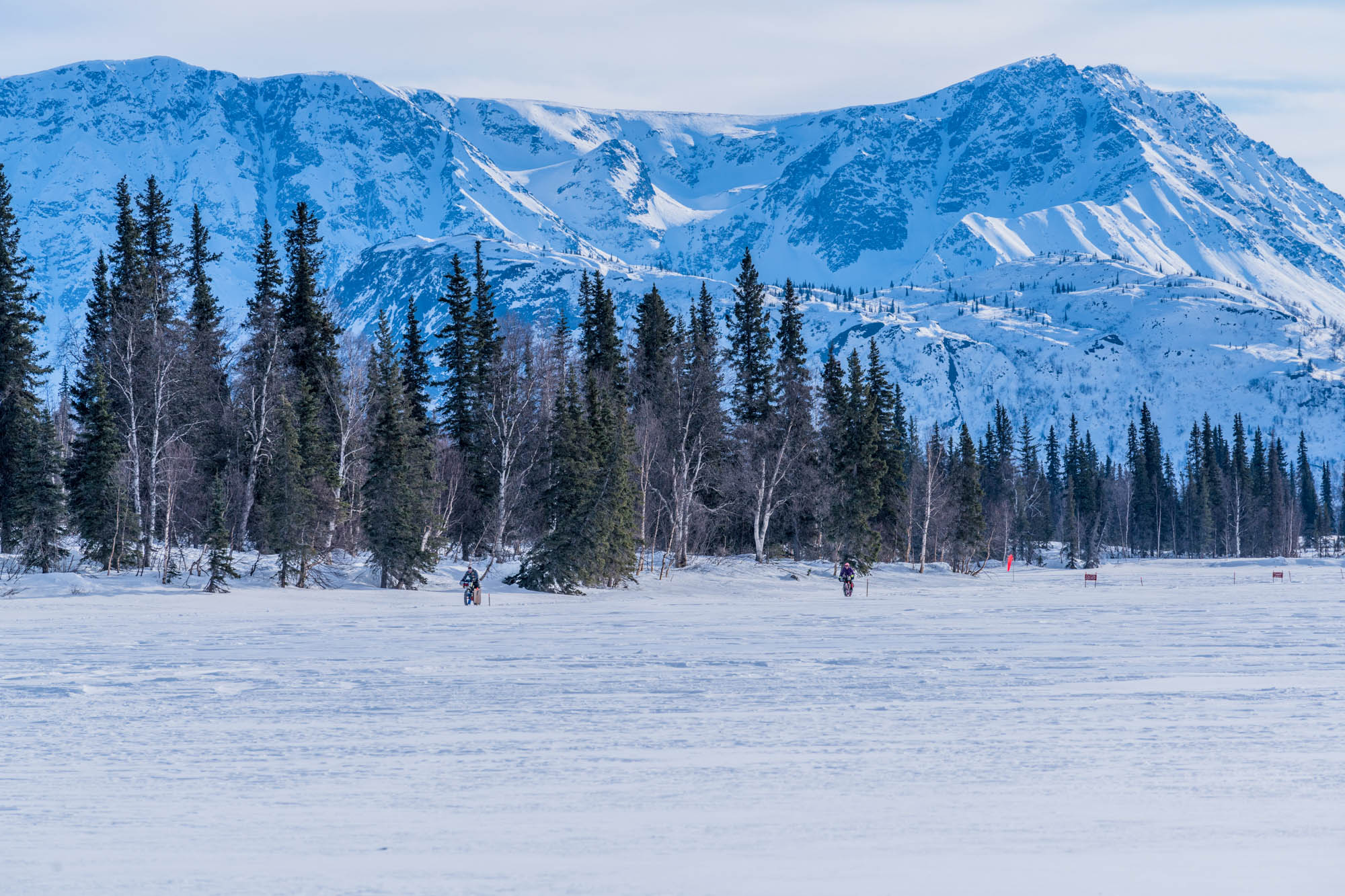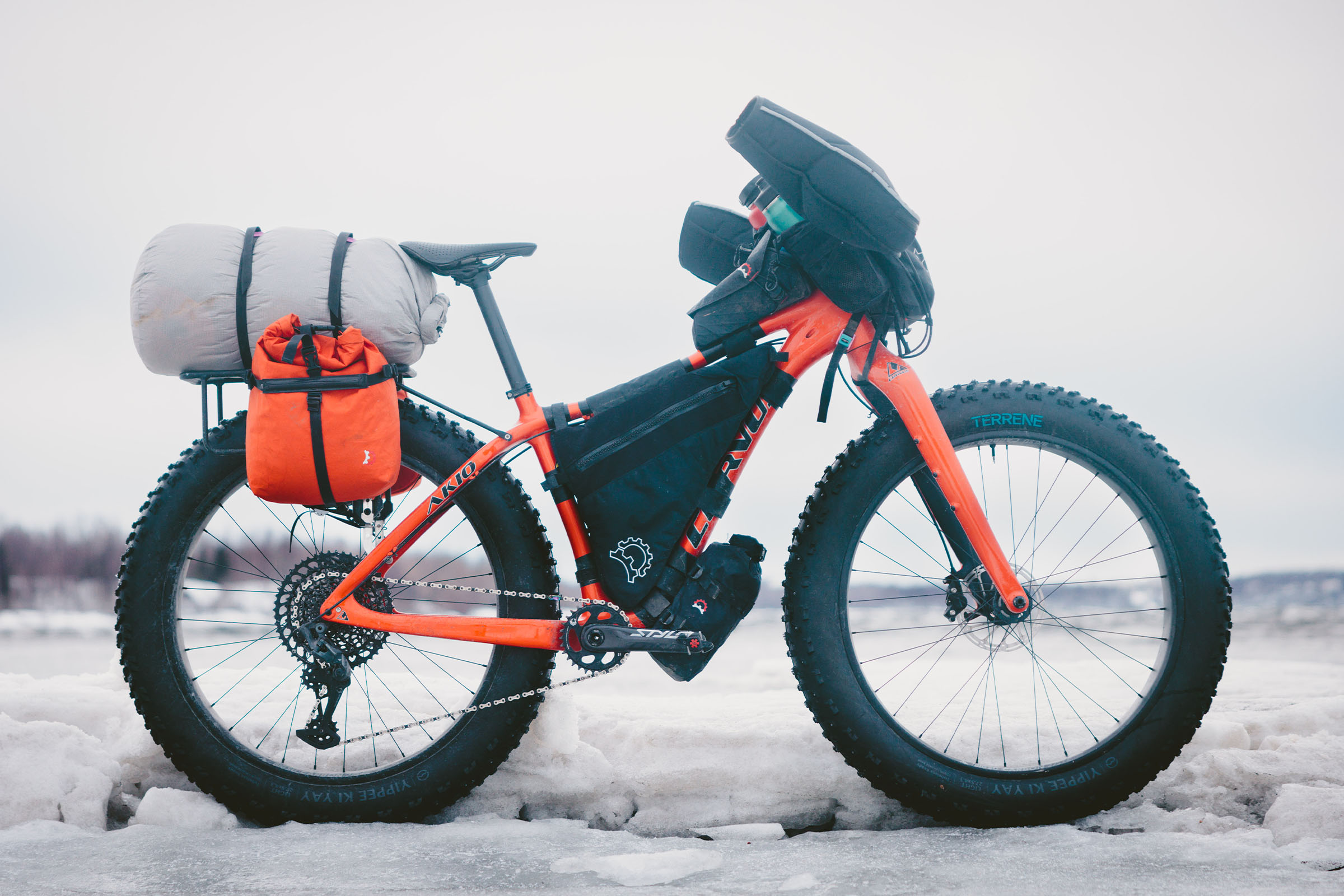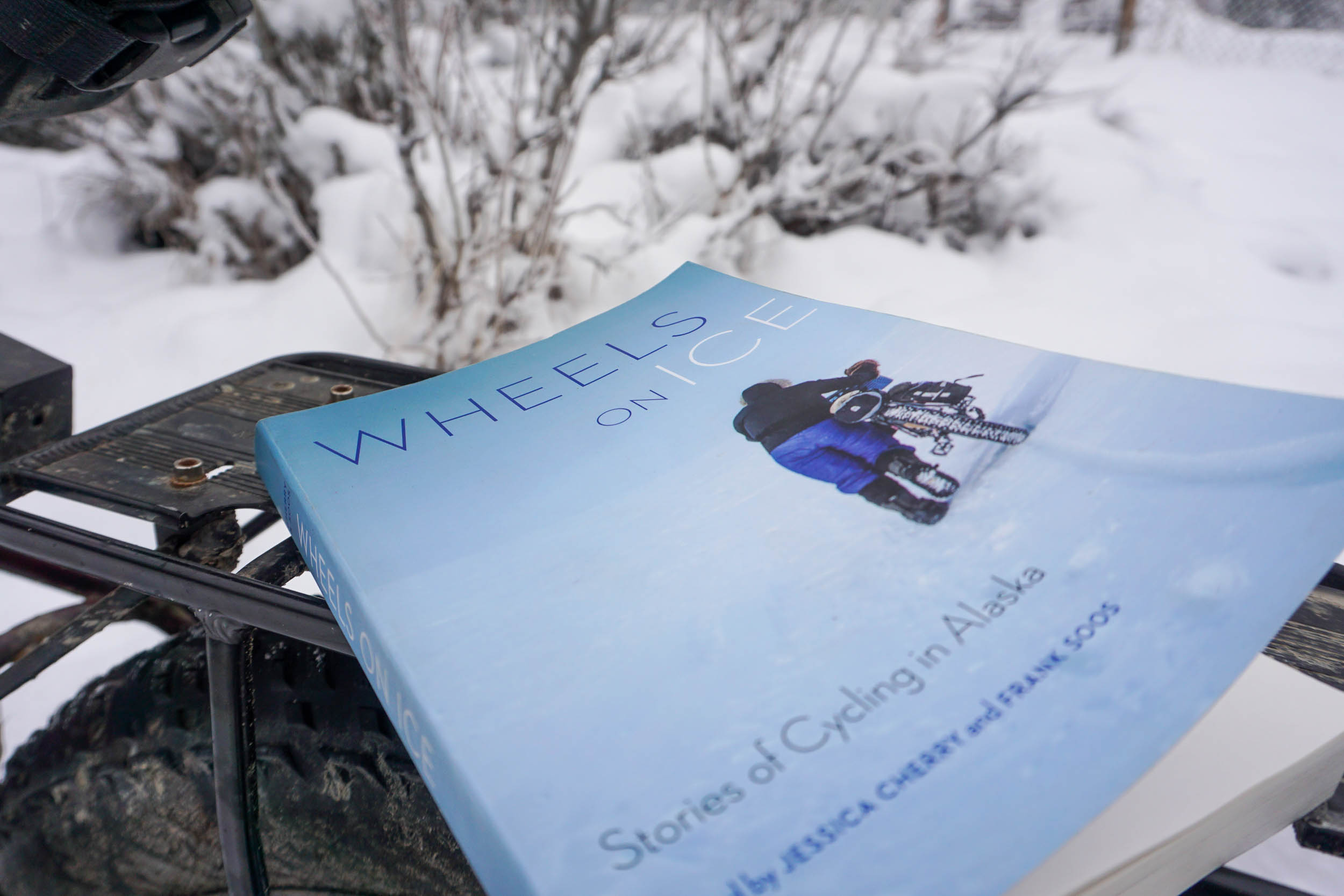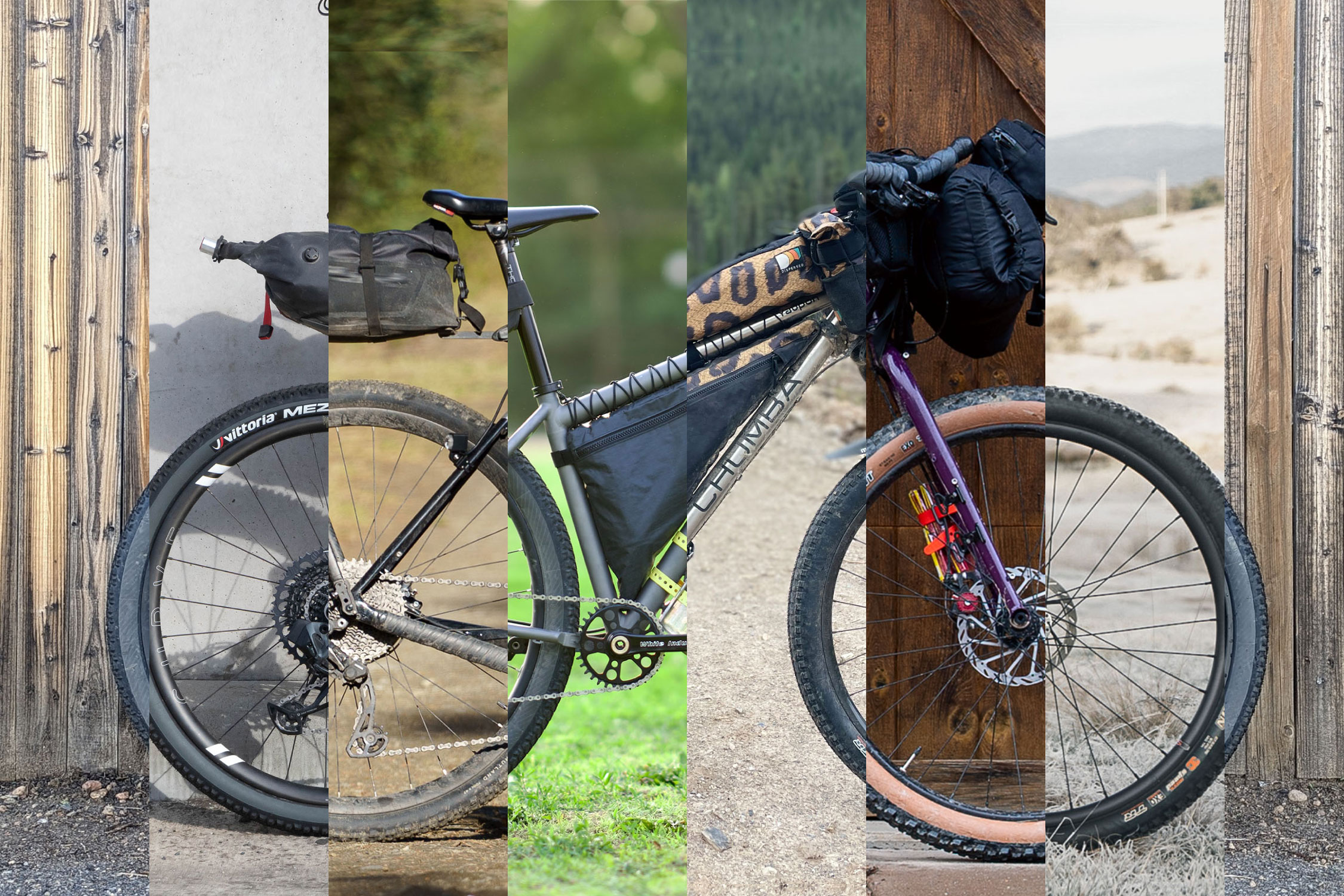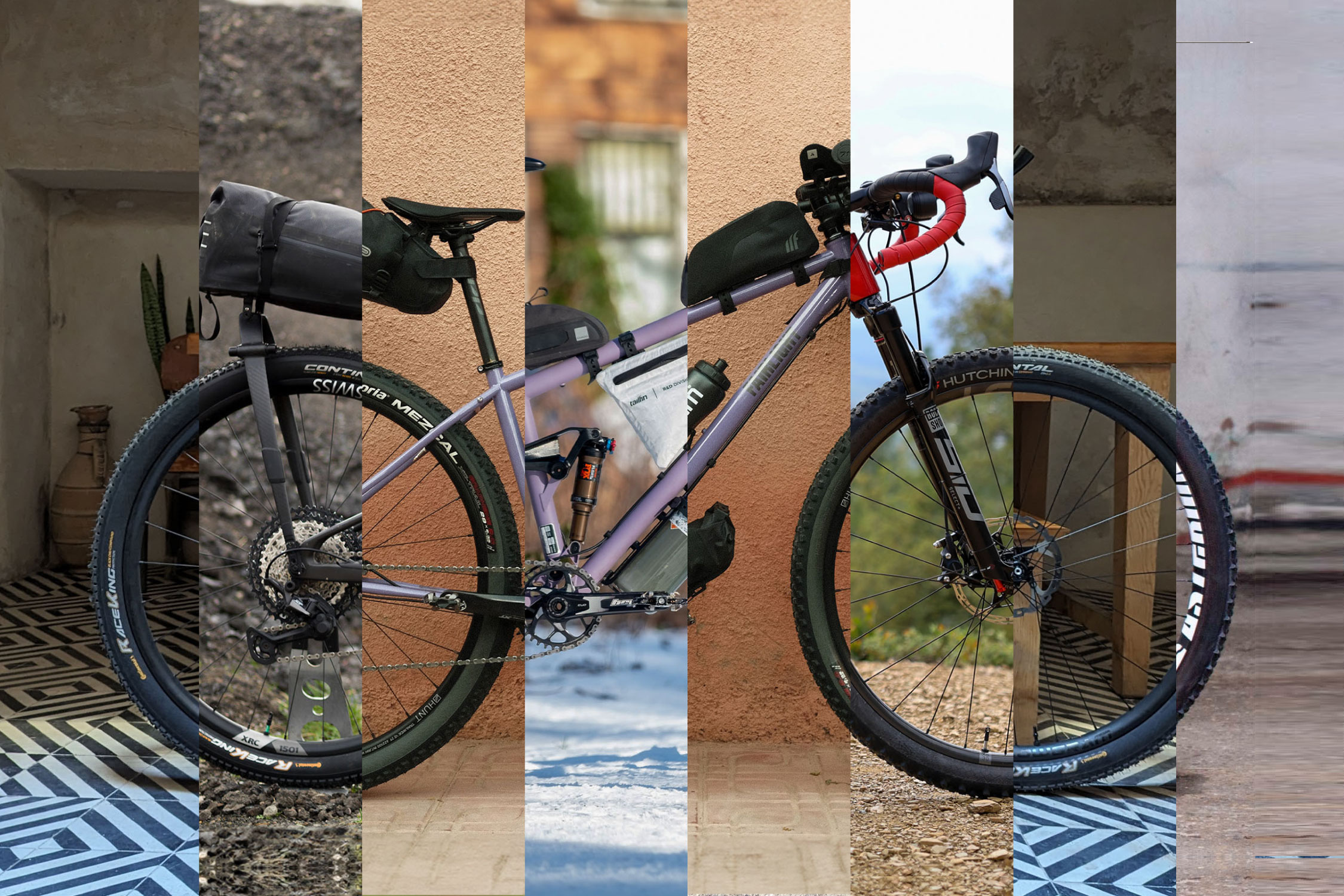Best Bike Setup for the Iditarod Trail? 2024 ITI Rigs Breakdown
Share This
What makes the best rig for the Iditarod Trail Invitational? In our latest video, Neil unpacks the bikes of the 2024 Iditarod Trail, highlighting what most racers are using, uncovering some unexpected findings, and sharing a few thoughts about the race and gear. See it all here…
It’s that time of the year again when brave souls traverse frozen tundra and rivers in Alaska along the Iditarod Trail. Only truly accessible in winter, the Iditarod Trail Invitational offers two versions: the 350-mile route from Knik to McGrath and the 1,000-mile journey from Knik to Nome. In this video, I’ll share statistics and intriguing insights from the rigs submitted for our “Rigs of the 2024 Iditarod Trail Invitational” article. Watch below and find graphs and a written version further down.
Racers
As per trackleaders.com, there are currently 105 participants in the 2024 Iditarod Trail Invitational, a race you can track here. Out of these participants, 67 are cyclists, while the rest are foot travelers or skiers. Among the cyclists, 48 are taking on the 350-mile version, and 19 are challenging themselves with the 1,000-mile route. In the 350-mile category, 11 are women, and 37 are men. In the 1,000-mile category, there are 4 women and 15 men.
This year, Trackleaders doesn’t have a rookie category, but those attempting the 1,000-mile route must have at least one 350-mile finish and apply for the race to Nome. Participants in the 350-mile version need to qualify by engaging in another winter ultra or joining the ITI camp. With no bail-out options, Alaska’s rugged and remote terrain poses unique challenges, and each year presents varying conditions—from near-freezing to negative 40°F temperatures, intense winds, thigh-deep snow drifts, overflow, ice, and more. It’s undoubtedly one of the most challenging endurance events, but it’s also exceptionally rewarding. This year promises another fantastic round of dot-watching, featuring both experienced participants and newcomers to the competition.
Bikes
Out of the 67 cyclists, right around 42%, or 28 individuals, participated in our race rigs article. Notably, all of them utilized a fat bike this year, showcasing the significant technological advancements since the race’s early days when participants retrofitted regular bikes for better suitability. Among the 28 bikes, 8 were from Salsa, 7 from Corvis, 3 from Otso, and 3 Revel/Why Big Irons. Additionally, two mid-tail bikes were featured—one custom and the other a Salsa Blackborow. All standard bike materials were represented, with half of the bikes being made of carbon fiber. The breakdown included 11 Titanium bikes, one steel bike, and one aluminum bike.

Wheels/Tires
Diving into wheel sizes, we observed a growing trend of 27.5-inch-wheeled fat bikes. Among the 28 bikes, eight utilized 27.5-inch wheels, while the remaining 20 stuck with 26-inch wheels. Despite the debate, especially for events like this, where the 26-inch platform offers more volume, the 27.5-inch wheels stand out for their speed on hardpack terrain.
When it comes to fat bike tires, the options are relatively limited, evident in the prevalence of two main brands. 45NRTH led the pack with 18 rigs, closely followed by Terrene with 8. There was a solitary Schwalbe and Bontrager rig each. The favored tire was the 45NRTH Dillinger, selected by 14 riders. Having used this tire myself in a past 350-mile race, I can attest to its grip, pedalability, and smooth rolling tread, with the added feature of being stud-compatible—an appealing aspect considering the potential to encounter with ice during the race.

The Terrene Johnny 5s were the second most popular tire, chosen by four participants, followed by the 45NRTH Hüsker Dü with three, and the Terrene Cake Eater and Yippe Ki Yaa, each with two users.
Tire widths showcased diversity, with the 4.6″ casing leading the way, mainly seen in the 26-inch Dillinger tires. Following this, there were six 4.5″ tires, five 4.8″ tires, four 5″ tires, two 4.3″ tires, and one rig with 4.2″ tires. Notably, most of these were mounted on carbon rims, with only four bikes featuring aluminum rims.
Drivetrains
Turning our attention to drivetrains, SRAM maintains its popularity, continuing its dominance with 22 drivetrains, as seen in our previous analyses of events like the Tour Divide and the Atlas Mountains Race. In contrast, there were 5 Shimano drivetrains and one solitary single-speeder with a gearing of 30×20. Nearly all drivetrains were 12-speed, with the exception of the single-speeder and three 11-speed setups. Notably, there were no AXS or Di2 systems in use; all participants opted for mechanical shifting—an evidently prudent choice.

By pixel-peeping and counting chainring teeth, I observed that 16 bikes featured 30-tooth chainrings, 7 had 28-tooth chainrings, and 5 were equipped with 26-tooth chainrings. Furthermore, among these, 6 showcased the use of oval chainrings.
Cargo
Delving into cargo setups, an unexpected discovery emerged—nearly all the bikes in our roundup, except one, were equipped with a rack, with many opting for Old Man Mountain racks. The lone exception utilized a Revelate Spinelock seat pack. Interestingly, this aligns with the trend observed in recent years, with racks and mini-panniers gaining in popularity. Reflecting on last year’s race rigs roundup, only two featured seat packs. Of the 27 racks, only one relied solely on panniers, and another solely on a dry bag on top. The majority utilized both panniers on the top and a dry bag strapped on the rack. Among the 26 individuals using panniers, a significant 15 opted for either the new or older version of Revelate Designs Nano Panniers. Additionally, there were 4 Mountain Laurel Design panniers, while the rest varied across other brands or custom options.

Another intriguing observation was the prevalence of handlebar bags, with only one rig not using this storage solution. A total of 21 bikes used their downtube for storage, while 7 did not. Similarly, when it came to fork storage, 21 participants utilized the provided fork mounts on modern fat bike forks, and 7 did not.
Shifting to sleeping arrangements, 16 individuals opted for foam sleeping pads, indicating that either 12 used blow-up air pads or had no pad at all. The choice of a foam pad is notable for its quick accessibility and practicality, particularly in cold temperatures or situations where speedy packing and unpacking are crucial.
Random Findings
Notably, there were no dropper posts or suspension forks among the observed setups. This absence can be attributed to the challenges of moving parts in sub-freezing temperatures, particularly in extreme conditions like -20°F. This is a practical choice considering the demands of the Iditarod Trail.
Additionally, the prevalence of discussions around the Garmin eTrex for navigation caught our attention. This choice is sensible given its functionality even in the coldest temperatures, in contrast to the Garmin Edge series, which may face limitations in extreme cold. It’s also interesting to note that only two mentions of dynamo systems were found, indicating a less common choice among participants for this specific race.
Age and locations
Examining the age distribution, the most common age group was the 30s, with 11 participants. This was followed by the 50s with 8 individuals, the 40s with 7, and there was representation from one participant each in the 60s and 20s age groups.

In terms of geographical representation, there were six participants from Alaska, three each from Arizona, Colorado, and Minnesota, and two each from New Jersey, South Dakota, and Pennsylvania. Additionally, there were two participants from Canada. Notably, six individuals hailed from outside the United States, with Canada, Brazil, Indonesia, and the Czech Republic being represented.
If anything particularly caught your attention in these statistics, feel free to share your thoughts below. As always, thank you for watching, and best of luck to everyone participating in the race!
Further Reading
Make sure to dig into these related articles for more info...
Please keep the conversation civil, constructive, and inclusive, or your comment will be removed.






